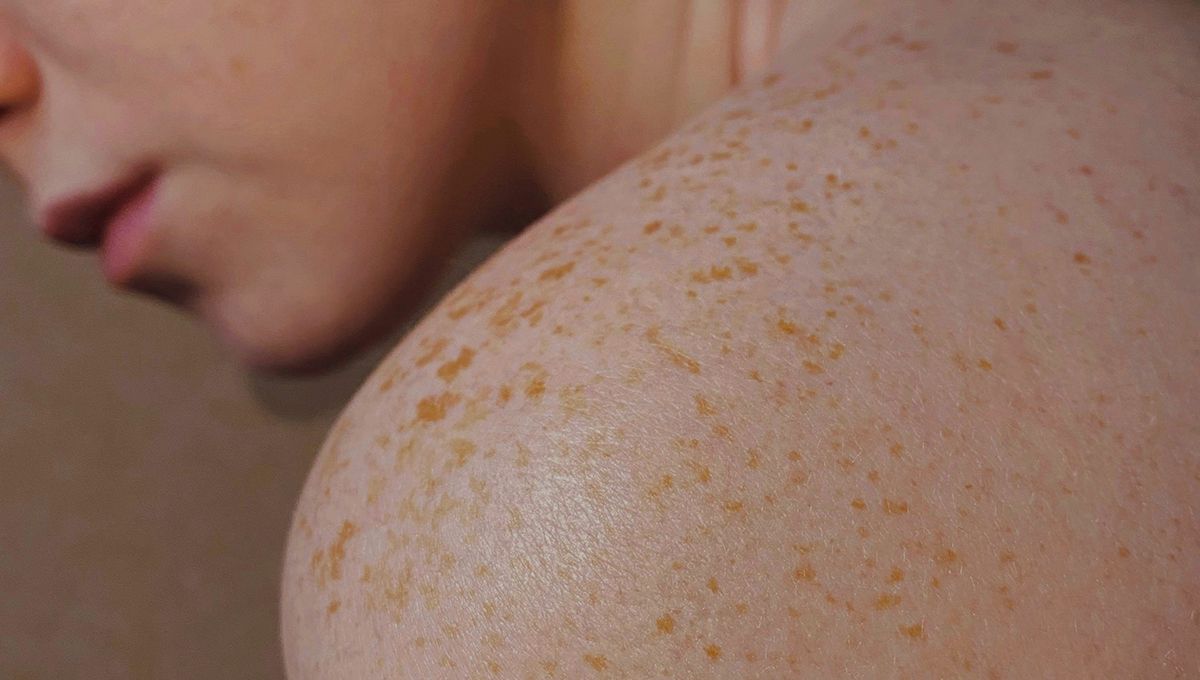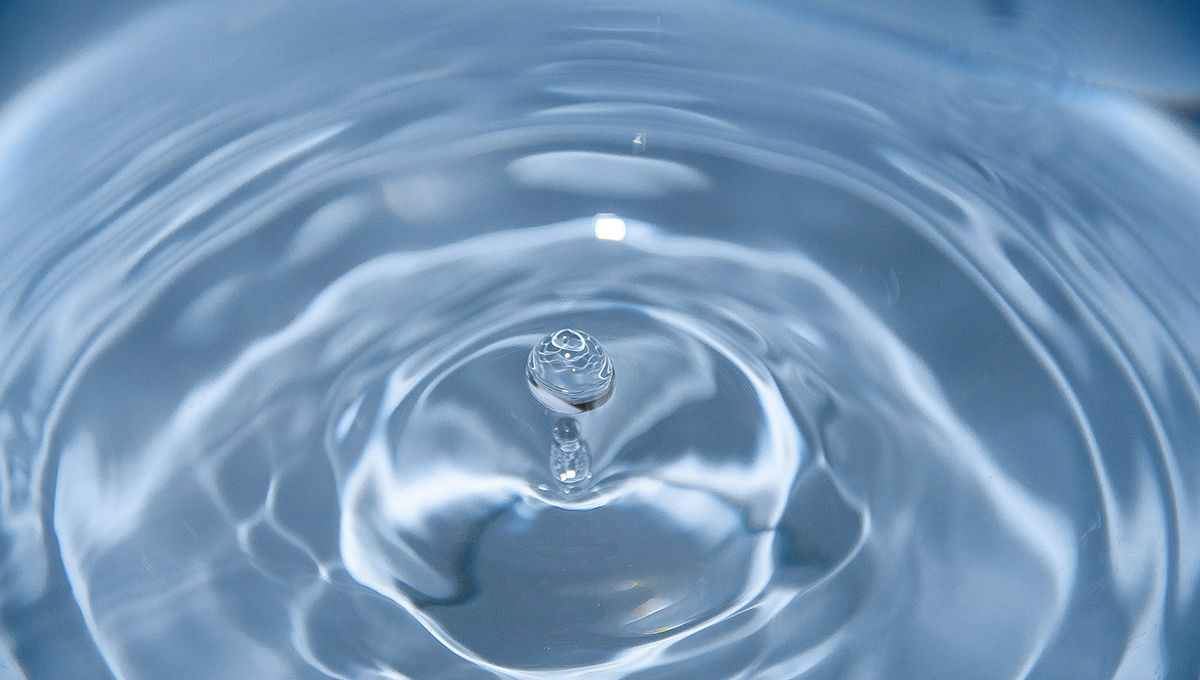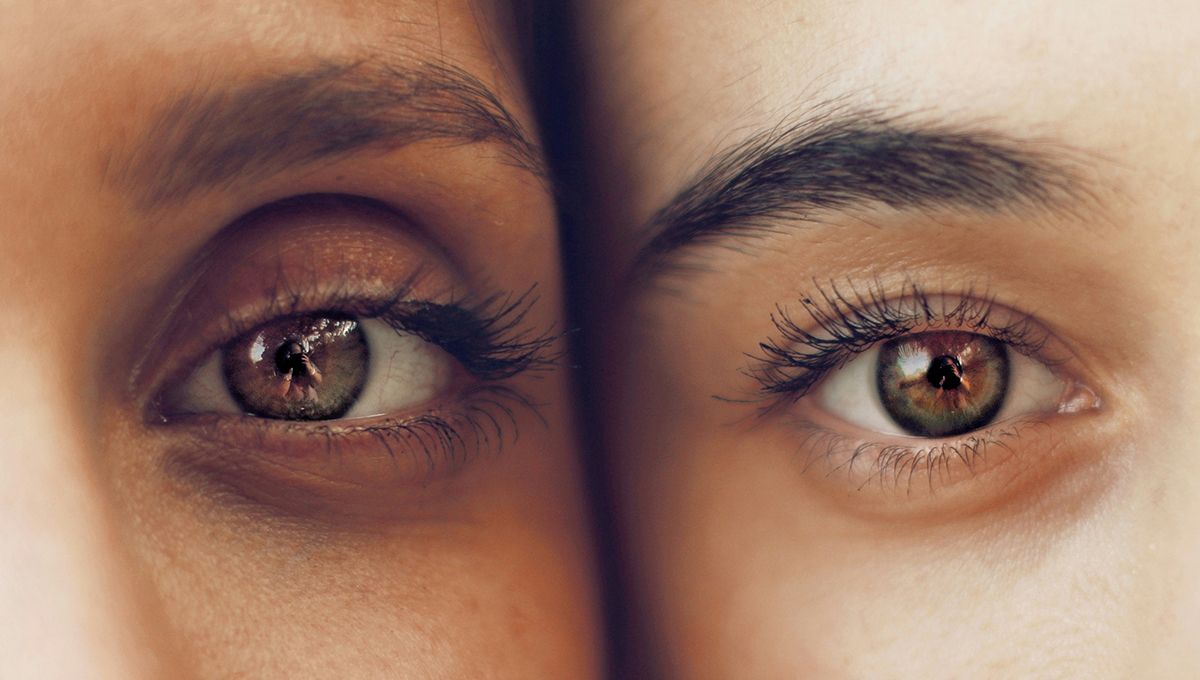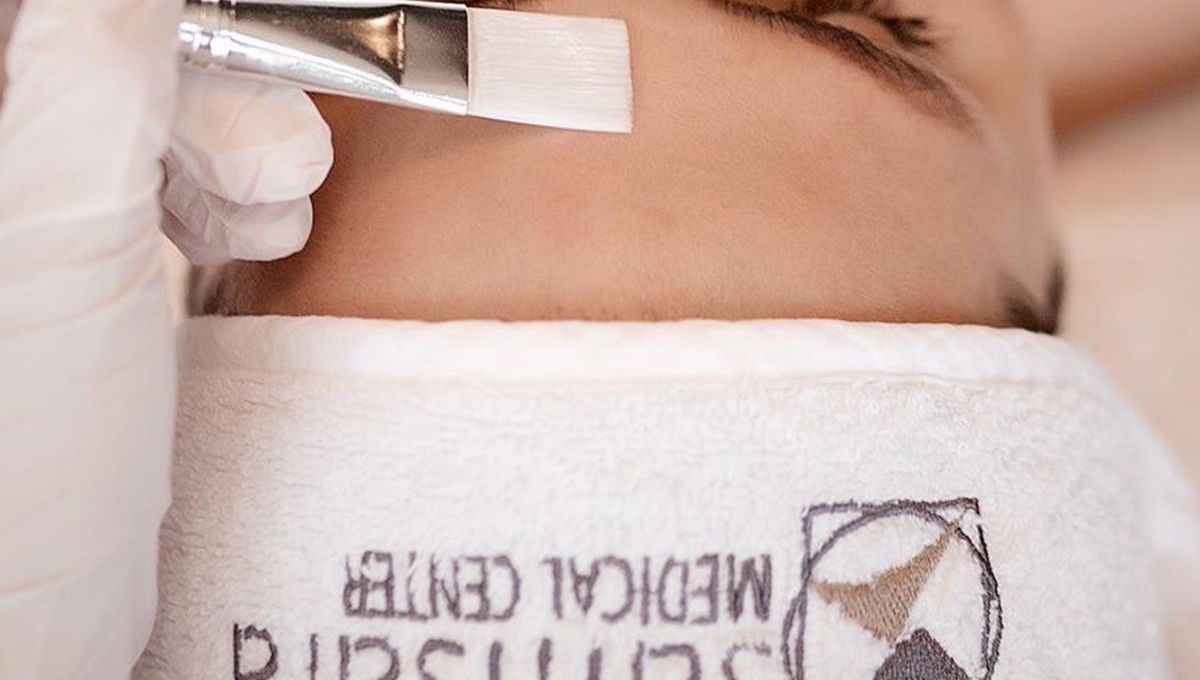
Hyperhidrosis and Bruxism
What are they and what do they have in common?
Hyperhidrosis
The term hyperhidrosis refers to an excessive secretion of sweat compared to the norm; it may be generalised, i.e. covering the entire body surface, or circumscribed. In the latter case, it is most frequently limited to the axillary, palmar or plantar area. This phenomenon can appear as a result of various factors, including emotional or environmental ones, but most often the causes can be endocrine stimuli (e.g. hyperthyroidism), dietary (e.g. high consumption of foods or supplements containing caffeine), pharmacological (e.g. antidepressants, antipyretics) or simply constitutional (genetic predisposition).
Bruxism
Bruxism consists of teeth grinding, i.e. involuntary and violent rubbing and clenching of the teeth. It is more pronounced during sleep and is caused by the involuntary contraction of the muscles involved in chewing.
The causes that promote this disorder can be many, the most common being stress and chewing disorders. Many patients who have bruxism often suffer from headaches, pain in the jaw, neck and back, as clenching the teeth generates strong muscular tension in the neck and upper torso and consequently these muscular pains appear.
What do these two situations have in common?
They are very different but have a common therapy: both disorders can be treated with botulinum toxin. In the case of bruxism, botulinum toxin infiltrations occur directly in the masseter muscle, which is the major masticatory muscle, inhibiting its muscular activity and thus promoting relaxation. We can feel this muscle by touching the back of the cheek when we clench our teeth, we feel it contract under our fingers. Botulinum toxin thus reduces the signal transmission between the nevus and the muscle, partially and for a certain period of time. In this way, the ability to chew or articulate words is not affected in any way.
Its effect lasts only a few months and then everything returns to the way it was, unless the therapy is repeated. Usually 2-3 sessions per year are required. In the treatment for hyperhidrosis of the axillary, palmar or plantar area, botulinum toxin does not act on muscles but on the level of the nerve stimulation of the sweat glands (those responsible for the secretion of sweat). The treatment consists of multiple injections of botulinum toxin that are very superficial compared to those used to smooth out expression lines. Only several months after the injection will there be a gradual resumption of sweating activity!
Even in this case, 2 sessions per year are usually sufficient to keep the problem under control. It is important to point out that not everyone who suffers from hyperhidrosis or bruxism can be treated with botulinum toxin, as each individual must be assessed in his or her specific case by the doctor who will carry out the treatment.









